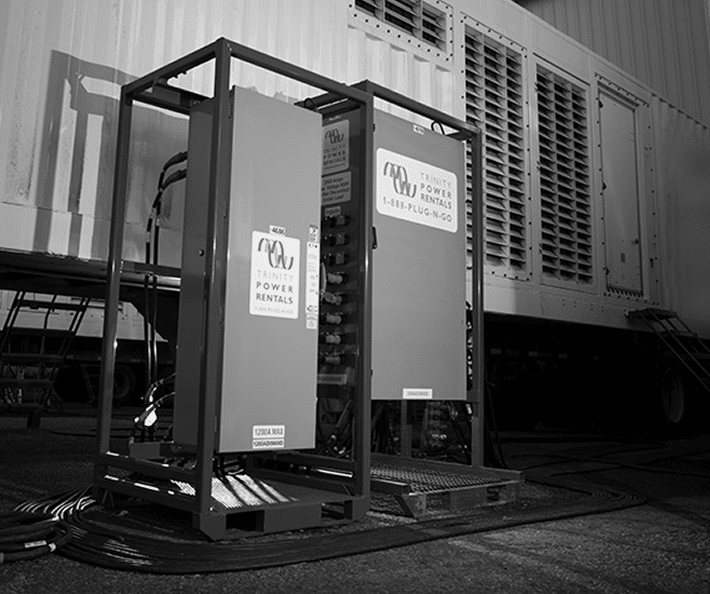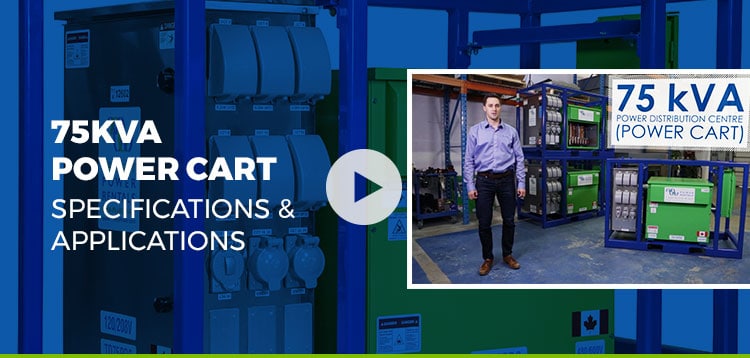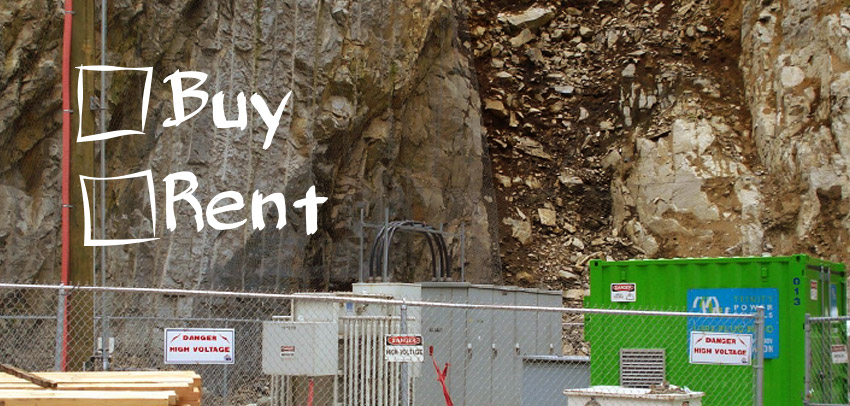- OUR APPROACH
-
COMMITTED TO YOUR SUCCESS
Our approach, developed over decades of experience, is fine-tuned to get the results you want.
We deliver concept-to-completion solutions, designed by temporary power specialists with access to the largest inventory of high-quality power generation and distribution equipment in North America.
-
- Equipment
-
RENTALS
From a wide range of diesel and natural gas generators to transformers, cable, light towers and more, our large rental fleet and extensive vendor network ensure we’ll have the temporary power equipment that your project requires — every time.

-
- Industries
-
INDUSTRIES WE SERVE
For nearly 20 years, we have been at work powering projects across Canada’s industrial sectors.
Select from this sampling of industries to learn how we can put our expertise to work for you.
VIEW ALL- Projects
- About
-
A PROUD HISTORY. A BRIGHT FUTURE.
From our inception in 1998, we have been building our team on a foundation of excellence. Our team members’ passion, expertise and commitment are what have allowed us to grow into a national company with projects across Canada.
Click on the links to learn more about our history, our team or our career opportunities.
- Blog
- Contact
-
From the performances to the ambiance, music festivals can be electrifying. But a lot of work goes on behind the scenes to ensure that electric feeling is never the result of an encounter with electrical gear.
For a closer look at the planning involved in keeping festival goers safe from temporary power equipment, we spoke with Garett Lumley, owner of Down to the Wire — the electrical contractor behind the stages, lights and art installations of the Shambhala Music Festival.
Going Underground
A major concern with power cables in crowded places is the tripping hazard. “That’s probably the biggest hazard that we try to mitigate,” explains Lumley. Not only can exposed cables trip people up, but with 600 volts on site, the high voltage of the cables represents another level of risk.
That’s why Lumley buries them. “Everything’s underground,” he explains. “We’ll put a little trench in there about half a foot wide by half a foot deep, put the wires in there and then backfill it, so it looks like we were never there. And a week later, [when the festival is over], we pull them up.”
Trenches for the temporary power cables aren’t very deep — only 6 to 8 inches — but it’s enough to prevent any foot traffic from making accidental contact with the cabling.
Location, Location, Location
While cables can be buried, the other power equipment — generators, transformers and stage wiring — has to be managed differently.
“All the transformers for the stages are backstage,” explains Lumley, “So that restricts most access, which is the biggest thing.”
The cables are run underground into secure areas where outdoor-rated generators and transformers await, protected from the elements and from the general public.
Ensuring these areas are off-limits requires some planning.
“We’ll put up, say, temporary fencing. Or a stage is manipulated in a way that it protects the gear and all the equipment.”
Planning is key
Where temporary power equipment will be located isn’t the only planning that goes into keeping festival goers safe.
When planning the festival set up, Lumley says that he and the rest of the core group of planners get together and plan things like emergency routes and traffic flow — how the crowds will flow through the festival, and how they will get out in the event of an emergency. Systems are then planned to facilitate that flow, including security guards and — Lumley’s purview — lighted pathways.
Another potential safety hazard is from fires caused by system overload. Between four big stages, multiple art installations and an entire site’s worth of lighting, the electrical load can add up.
The key to avoiding equipment fire, according to Lumley, is to know exactly what the load is going to be. “I know what’s going on that transformer and where it’s coming from. And I make sure that the generators are the right size, that the wire sizes are correct, and all the spider boxes that go beneath the stage.”
Beyond preventing fires, effective load management means that the lights won’t go out — another potential safety hazard. It also means that the show can go on, which is what all that power equipment is there for in the first place.
“You’ve got 2,000 people per stage, and they’re all rocking out at 2 in the morning, and it’s bright and there are lasers; it can’t go down. It’s a big deal.”
Related Articles
Subscribe for Access to Exclusive Content
Get insider updates, industry news, special equipment offers, and expert tips—directly to your inbox.
"*" indicates required fields




















